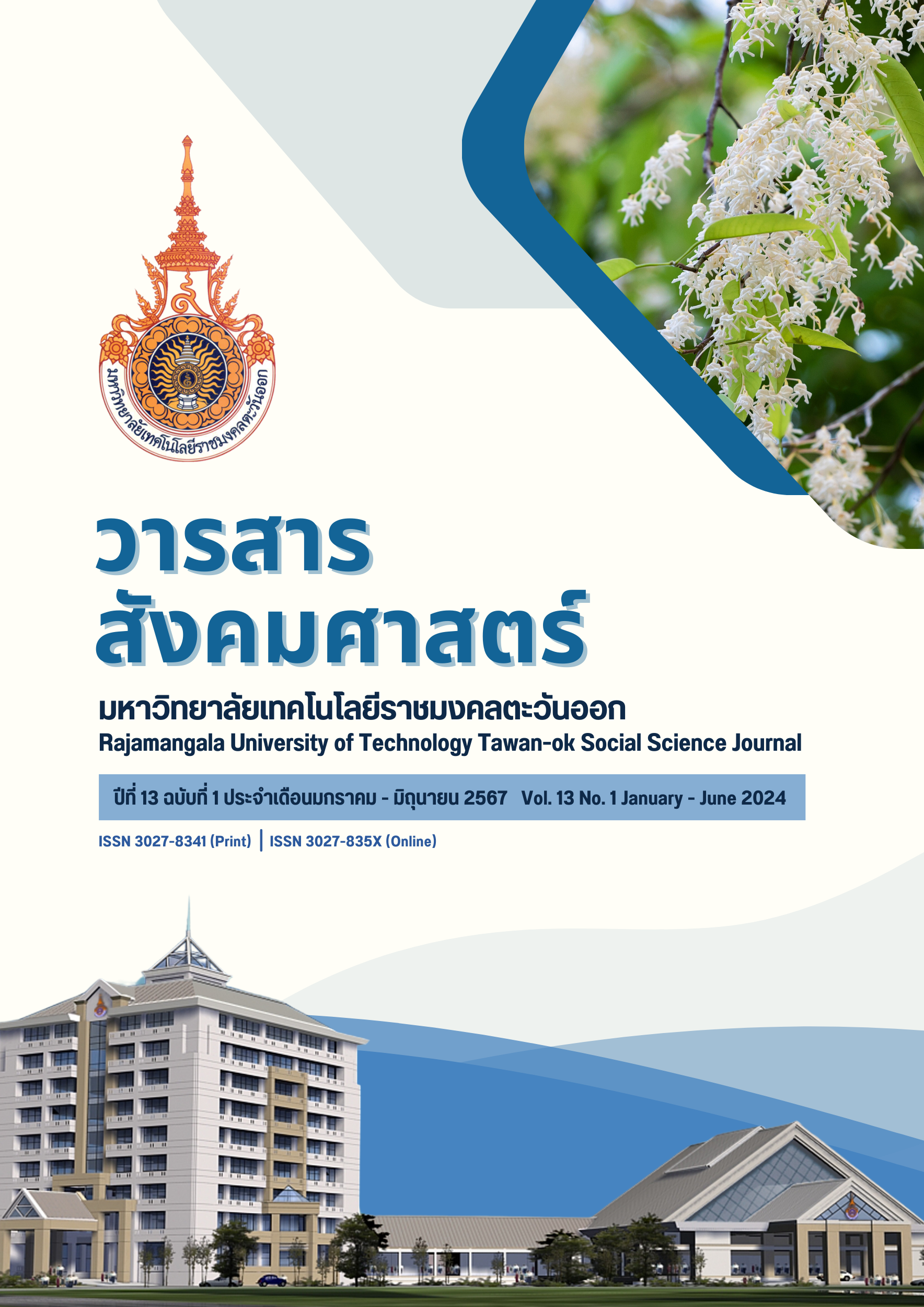Phonetic Prowess in Practice: Unpacking Challenges, Strategies, and Best Practices in Pronunciation Training for Deutsch als Fremdsprache (DaF) Instruction
Main Article Content
Abstract
This review article delves into the intricacies of pronunciation challenges DaF learners face while learning German. The study shows that native language interference and differences in phonetics are significant causes of pronunciation problems. This shows how important it is to understand German phonological elements. Also, suitable teaching methods should include segmental and suprasegmental elements focusing on specific sounds, stress patterns, and intonation. The review article also advocates for blending explicit and implicit instructional methods, personalized feedback, and the integration of technology and multimedia aids in pronunciation exercises. Continuous evaluation of training effectiveness through varied assessment methods is underscored, emphasizing the long-term impacts on language proficiency. This comprehensive examination aids instructors in enhancing their pedagogical methods, ensuring that learners attain natural and accurate German pronunciation skills.
Article Details

This work is licensed under a Creative Commons Attribution-NonCommercial-NoDerivatives 4.0 International License.
References
Attaviriyanupap, K. (2014). Kreatives Schreiben zwischen zwei Sprachen und Kulturen: Ein interkultureller Aspekt des DaF-Unterrichts im thailändischen Kontext. Zeitschrift für interkulturelle Germanistik, 5(1), 9-28.
Bagdasarian, A. (2002). Dieling, Helga; Hirschfeld, Ursula: Phonetik lehren und lernen. Informationen Deutsch als Fremdsprache, 29(2-3), 145-146.
Cruz Romão, T., Costa Pereira, R. & dos Santos Nogueira, F. (2020). Phonetik und Phonologie in der DaF-Lehrerausbildung: ein Spannungsverhältnis zwischen universitären Lernzielen und dem Einsatz von DaF-Lehrwerken. Informationen Deutsch als Fremdsprache, 47(5), 538-551.
Daidone, D. (2023). Chapter 3 The relationship between self-rated vocabulary knowledge and accuracy of phonological forms. In I. Checa-García & L. Marqués-Pascual (Ed.), Current Perspectives in Spanish Lexical Development (pp. 49-72). Berlin, Boston: De Gruyter Mouton.
DziurewiczLuiza Ciepielewska-Kaczmarek, E. (2021). Horstmann, Susanne; Settinieri, Julia; Freitag, Dagmar: Einführung in die Linguistik für DaF/DaZ. Informationen Deutsch als Fremdsprache, 48(2-3), 236-240.
Freier-Kettler, M., Didier, A., & Bunn, L. (2023). Aussprachetraining für Studierende: Basiskurs DaF: Phonetik. Waxmann.
Groß, M. (1997). Hakkarainen, Heikki J.: Phonetik des Deutschen. Informationen Deutsch als Fremdsprache, 24 (2-3), 279-281.
Hirschfeld, U. (1995). Phonetik im Unterricht Deutsch als Fremdsprache. THEMA: Was soll ich können müssen?, 54.
Hirschfeld, U., & Reinke, K. (2007). Phonetik in Deutsch als Fremdsprache: Theorie und Praxis–Einführung in das Themenhef. Zeitschrift für Interkulturellen Fremdsprachenunterricht, 12(2).
Kaewwipat, N. (2007). Kontrastive Lesegrammatik Deutsch-Thai für den Unterricht Deutsch als Fremdsprache in Thailand: Untersuchungen am Beispiel des Nominalstils. Kassel university press GmbH.
Kaewwipat, N., Griechisch, I., Japanisch, K., Pali, P., & Russisch, S. (2004). Wie viel und welche Linguistik braucht man für die Deutschlehrerausbildung in Thailand?. Deutsch Als Herausforderung: Festschrift für Rainer Kussler, 95.
Kamkankaew, P., Thanitbenjasith, P., Sribenjachot, S., Wongmahatlek, J., & Sanpatanon, N. (2022). The Digital Media Education Concept of Business Education for Thailand. International Journal of Sociologies and Anthropologies Science Reviews, 2(6), 11-22.
Khotmanee, W. & Khotmanee, W. (2023). Integration Management of Learning and Teaching using Problem-Inquiry based Learning DISIDA Model for Mobile Robot with Bluetooth Education. Rajamangala University of Technology Tawan-Ok Social Science Journal, 12 (2), 84–94.
Kleinig, B. (2005). Hören–sprechen–richtig schreiben. Übungsprogramm zu Phonetik und Rechtschreibung für den Unterricht Deutsch als Fremdsprache. Lehrbuch. CD Diktate. CD Vokale. CD Konsonanten. Informationen Deutsch als Fremdsprache, 32 (2-3), 241-243.
Luef, E. (2020). Development of voice onset time in an ongoing phonetic differentiation in Austrian German plosives: Reversing a near-merger. Zeitschrift für Sprachwissenschaft, 39 (1), 79-101.
Martin, P. K. (2020). Phonetik in den Lehrwerken für Deutsch als Fremdsprache im Voorbereidend Wetenschappelijk Onderwijs in den Niederlanden Eine vergleichende Analyse (Master's thesis).
Mierswa, K. (2020). Phonetik im DaF-Unterricht. Retrieved 18 July 2023, from https://vdlda.com/wp-content/uploads/2020/03/Phonetik-im-DaF-Unterricht-Kassandra-Mierswa.pdf
Morf, M. (2022). Phonologische Kompetenz beim auditiven Dekodieren – ein konkretes Beispiel aus dem Bereich der Prosodie. Informationen Deutsch als Fremdsprache, 49 (6), 575-593.
Rug, W. (2014). Phonetik-Kontrastiv–Modelle für die Unterrichtspraxis. Wege für Bildung, Beruf und Gesellschaft-mit Deutsch als Fremd-und Zweitsprache, 397.
Saarbeck, U. (1997). Frey, Evelyn: Kursbuch Phonetik. Lehr- und Übungsbuch. Informationen Deutsch als Fremdsprache, 24(2-3), 269-270.
Saengaramruang, W. (2006). Teaching of German in Thailand: Past, present, and future. Manusya: Journal of Humanities, 9(1), 51-80.
Sartor, E. (2007). Phonetik und darstellendes Spiel: Zwei Stiefkinder begegnen sich im Unterricht Deutsch als Fremdsprache. Zeitschrift für Interkulturellen Fremdsprachenunterricht, 12(2).
Wiese, R. & Orzechowska, P. (2023). Structure and usage do not explain each other: an analysis of German word-initial clusters. Linguistics, 61 (5), 1259-1284.
Winkler, A. (1994). Dieling, Helga: Phonetik im Fremdsprachenunterricht Deutsch. Informationen Deutsch als Fremdsprache, 21(5), 546-548.


